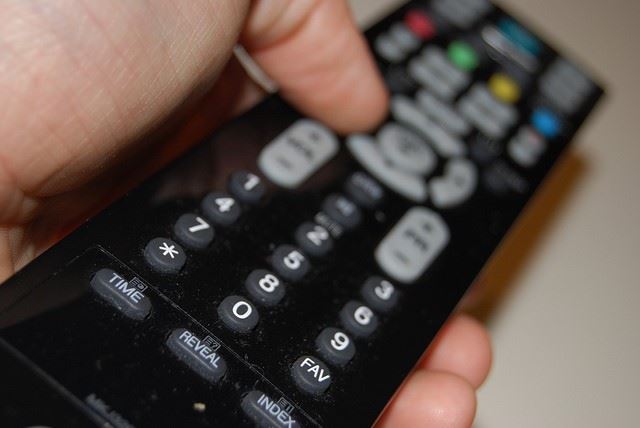Next Day Delivery Available
History Of The Remote Control

Image by espensorvik
It’s pretty much impossible to imagine life nowadays without the remote control. Whether it’s for your TV, stereo or garage, these handy pieces of plastic are commonplace in practically every modern home.
In fact, many households have multiple remote controls – even for the same appliance. By simply depressing a button – and more importantly, without even getting out of your chair - you can change the channel on your TV or get your CD player to skip to the next tune.
The first practical remote control is traceable back to June 1956, when it was used in an American home. But its origins stretch back a lot further than that, with Nokola Tesla describing a patent for a television in 1893. The Germans used remote control motorboats during World War II, leading to the first non-military use of a remote control – for an automatic garage door – in the late 1940s.
But let’s cast our minds back from when the remote control was still in its infancy – to its current status as the living room appliance du jour.
Lazy Bone
In 1950, it was the Zenith Radio Corporation that created the very first television remote control. They called it the ‘Lazy Bone’, and it could turn the television on and off as well as changing the channels.
Unlike all of today’s remote controls, however, it was not wireless, and was attached to the television by means of a rather cumbersome and inconvenient cable. Consumers didn’t like it for a few reasons; firstly because it wasn’t particularly practical, and secondly because they kept tripping over it.
A More Practical Design
Eugene Polley was an engineer at Zenith who created the ‘Flash-matic’ in 1955. It was the first wireless remote control and functioned by using four photocells, one placed in the each corner of the screen.
The viewer then used a directional flashlight which activated all four of the control functions – these turned the picture and sound on and off, as well as turning the channel tuning dial clockwise and anti-clockwise.
There was a slight hiccup with this design, though - the ‘Flash-matic’ often didn’t work on sunny days, and the sunlight could often change the channels of its own accord.
The Ultrasonic Remote Control
As with the earliest incarnation of al technology, improvements need to be made – and made they were, with the invention of the ‘Zenith Space Command’ remote control, unleashed to the public and released for commercial production in 1956.
This remote control was designed by Zenith engineer, Dr Robert Adler, and he based his design on the field of ultrasonics, using – as the name implies – ultrasound waves to work. Ultrasonic remote controls led the way and remained the dominant force in remote controls for the next twenty-five years.
Not requiring any batteries, the Space Command transmitter instead utilized four lightweight aluminium rods that emitted high-frequency sounds when struck at one end. The length of each rod was different , and this resulted in the release of a different sound that controlled a receptor unit that was built into the television.
Again, as with all new forms of technology, the Space Command remote control was extremely expensive, primarily due to six special vacuum tubes installed in the receiver units – these increased the television price by thirty per cent.
Another Technological Leap
The invention of the transistor in the early 60s, however, changed the complexion of this new technological innovation, meaning that the price came down. But it’s not only the cost that reduced – the size of the electronics did, too.
Modifying the design of the remote control to incorporate transistor technology as well as ultrasonics, Zenith were able to produce a smaller, hand-held and battery operated remote control. Over nine million of these remote controls were ultimately sold.
Infra-red Remote Controls
The remote control industry had moved on to infared (IR) technology by the early 1980s. Using a low frequency light beam that’s invisible to the naked eye but can be detected by the receiver, it started a trend in the fusion of television and remote control technologies that paved the way for future remote controls – and remains the type used in all remote controls today.
Remote controls nowadays are durable, reliable, and often multi-purpose, but if you need a replacement remote control, Ransom Spares will be able to help.
By Lee Gilbert
Category: Articles, News & Tips






 By Lee Gilbert
By Lee Gilbert On 4th Oct 2013 at 12:12
On 4th Oct 2013 at 12:12

No Comments